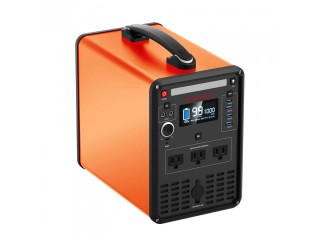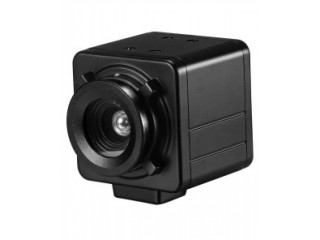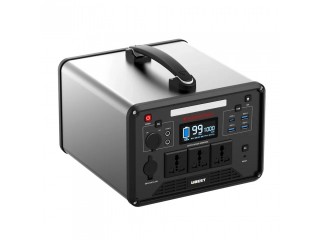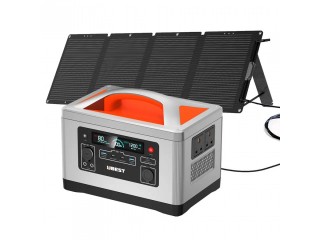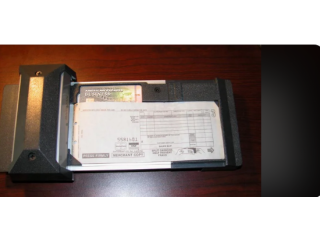A COMPLETE GUIDE TO STORAGE RACK SYSTEMS Professional
2 years ago - Multimedia - Baltimore - 91 viewsINTRODUCTION
A storage rack or racking is a structure that consists of at least two upright (vertical) frames, horizontal beams, and some form of decking (bars, panels, meshes or none) in order to store goods and materials.
Storage rack is an essential component to material handling as it allows you to maximize the height space available in your storage space, without subjecting your goods to load crushing due to stacking.
In this guide, we at SWL help you understand the various types of storage shelves racks and identify which is the one you truly need for your storage space, from a neutral point of view.
Fundamentally, most storage racking systems fall under these three broad categories: Light Duty Racking System, Medium Duty Racking System, Heavy Duty Racking System.
LIGHT DUTY RACKING SYSTEM
Light Duty Rack is designed for the sole purpose of hand-loaded storage, rather than using a machinery like reach truck or forklift. The loading capacity per tier varies between manufacturers but in general, Light Duty Racks can withstand between 80 to 250KG per tier, assuming uniformly distributed load (UDL).
These attributes make Light Duty Racking Systems best suited for lightweight storage in homes, offices, SOHOs or commercial warehouses that deal with ecommerce and small FMCG. The two common types of Light Duty Racks in the market right now are Bolt & Nut Racks and Boltless Racks.
Bolt & Nut Racks were very popular in the 1980s to 2000s as they are customizable to fit different kinds of space sizes. However, once fixed and bolted, it is hard to adjust the Shelf Levels or Tiers. Due to the additional components required to bolt the structure together, Bolt & Nut Racks are often very heavy and immobile, making relocation a hassle.
Boltless Rack is a recent innovation and became popular during the early 2000s, when ecommerce started to take off and warehouse logistics realized that they needed versatile and modular storage racking systems to adapt to the ever-changing good sizes. Boltless Racks are typically set up by connecting the horizontal beams to upright frames via connector hooks and catches, instead of bolting. The decking is then placed on top of the horizontal beams in order to distribute any load towards the weight-bearing beams. This modular design makes Boltless Rack Systems versatile and adaptable to a wide variety of storage goods. However, a downside of the boltless feature is that Boltless Racks may feel flimsy and shaky, when there is no load on it. Another downside is that they often only come in standard sizes and offer little to no customization to its sizing.
Regardless of which type of Light Duty Racking Systems, they often come in two types of decking – wooden boards (MDF/HDF/Plywood) or metal shelves.
MEDIUM DUTY RACKING SYSTEM
Medium Duty Rack is also designed for the sole purpose of hand-loaded storage, rather than using a machinery like reach truck or forklift. The key difference is that Medium Duty Racks have better loading capacity per tier, often between the ranges of 300 to 800KG per tier (UDL), and has the ability to come as a Cantilever System.
Due to its increased loading capacity, they tend to have longer horizontal beam lengths up to 2400mm long and deeper upright frame profiles up to 900mm deep. To withstand the higher loading capacity and larger surface, they minimally use 12mm HDF Board or 18mm Plywood as decking, to maintain cost-effectiveness. Using metal shelf decking is possible too but at the cost of nearly 4 times the price of its wooden counterparts.
These attributes make Medium Duty Racking Systems best suited for commercial and industrial warehouses where heavier goods and components, such as automotive parts or stackable boxes, need to be stored.


